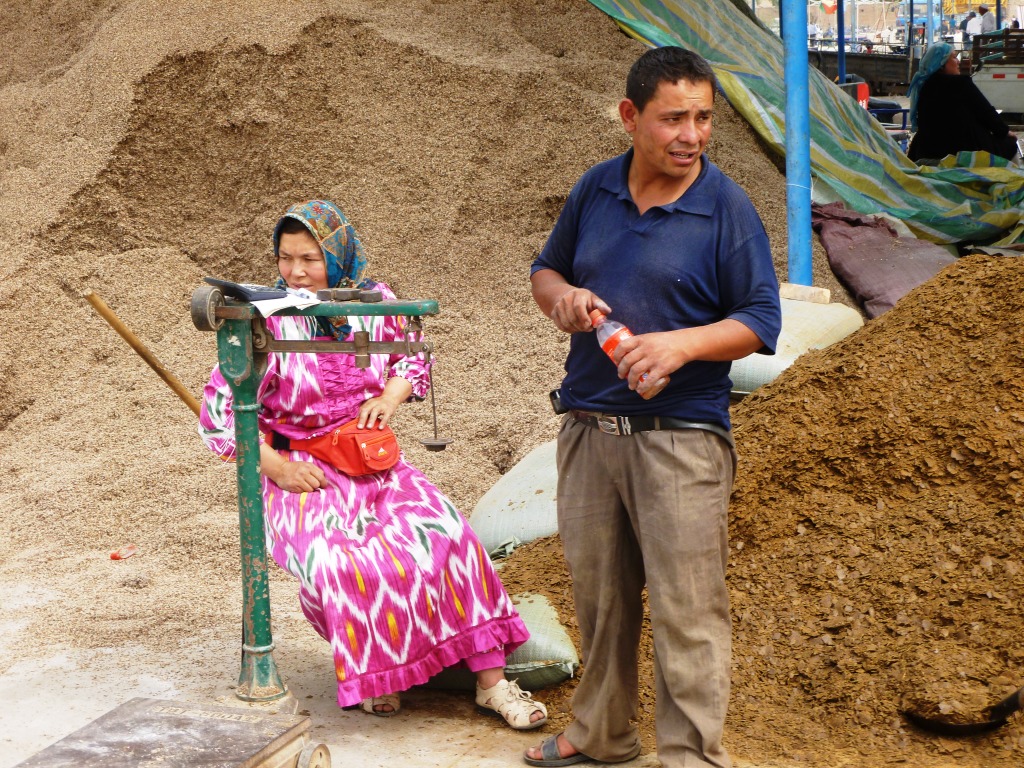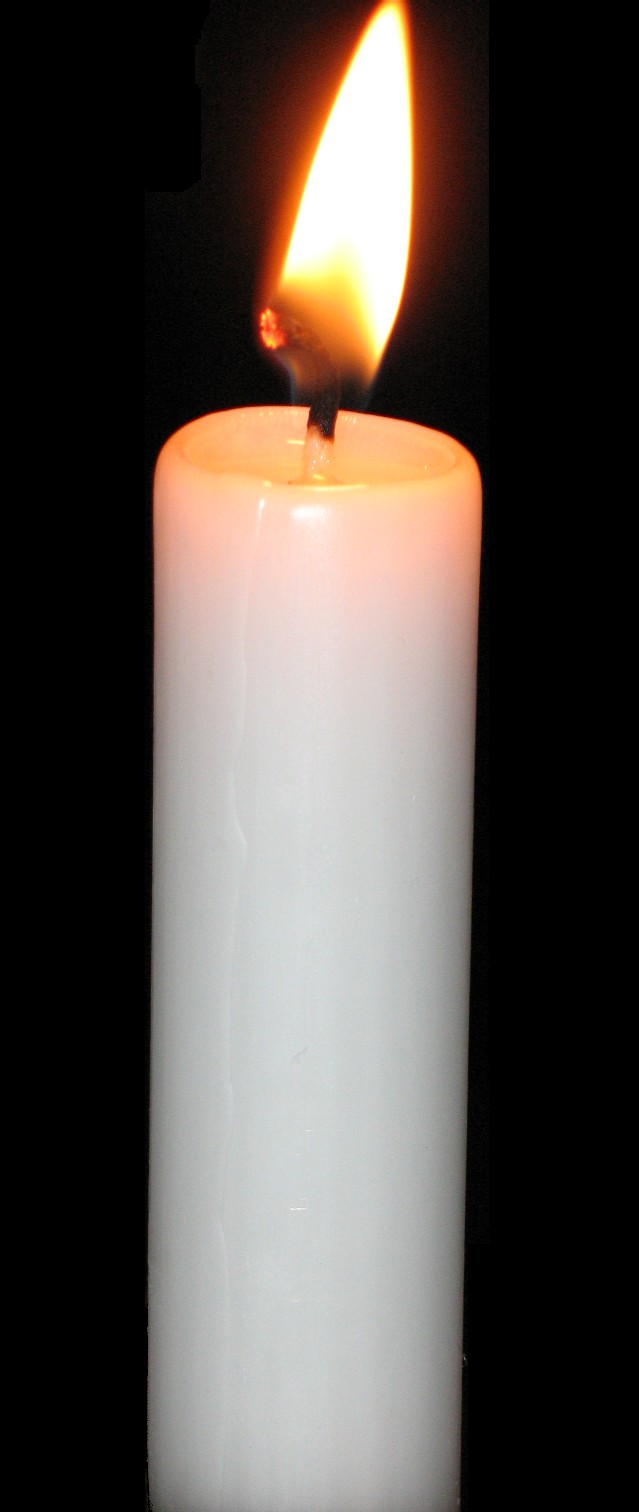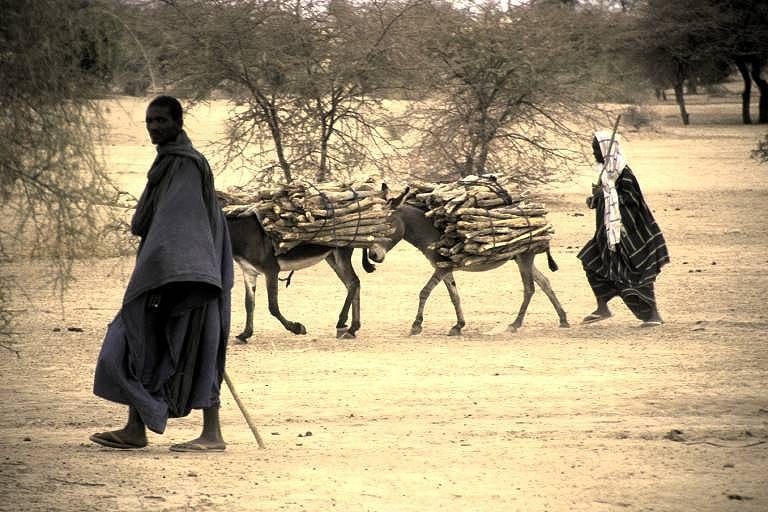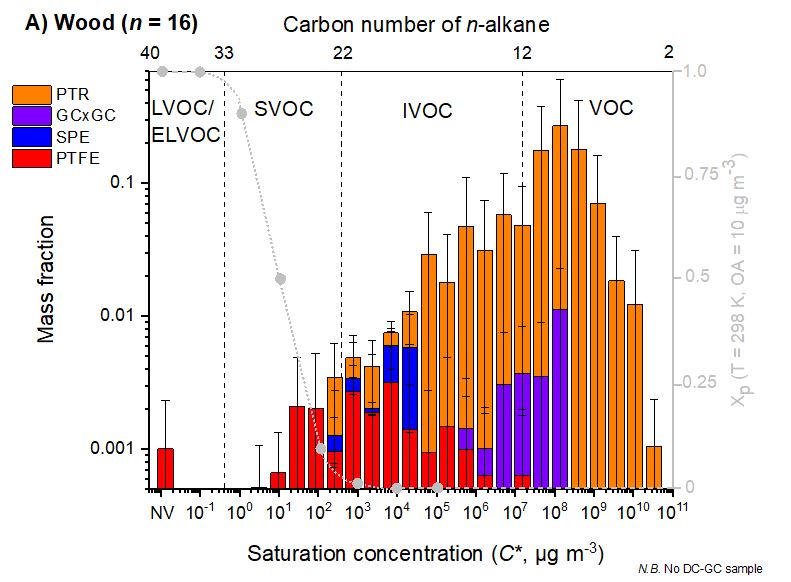|
Firelog
A firelog is a manufactured log constructed to be used as wood fuel. Firelogs are designed to be inexpensive, whilst being easier to ignite, burn longer, and burn more efficiently than firewood. Firelogs are traditionally manufactured using two methods; the first method is involves compressing sawdust into logs, while the second combines sawdust with paraffin or other binding agents, which is mixed and extruded into a log shape. The extruded firelogs are individually wrapped in paper packaging which can be ignited to start burning the firelog as the paraffin is readily combustible. Types A new cleaner firelog has now been developed using waste fibre from the oil palm fruit bunches of South East Asia. Unlike sawdust logs, these burn with zero sulfur emissions. Also unlike sawdust logs, no trees need to be felled to produce these firelogs. Other new types of firelogs include one made from waste wax-cardboard such as that used in the packing of perishable foods for shipment, which i ... [...More Info...] [...Related Items...] OR: [Wikipedia] [Google] [Baidu] |
Pellet Fuel
Pellet fuels (or pellets) are a type of solid fuel made from compressed organic material. Pellets can be made from any one of five general categories of biomass: industrial waste and co-products, food waste, agricultural residues, energy crops, and untreated lumber. Wood pellets are the most common type of pellet fuel and are generally made from compacted sawdust and related industrial wastes from the milling of lumber, manufacture of wood products and furniture, and construction. Other industrial waste sources include empty fruit bunches, palm kernel shells, coconut shells, and tree tops and branches discarded during logging operations. So-called "black pellets" are made of biomass, refined to resemble hard coal and were developed to be used in existing coal-fired power plants. Pellets are categorized by their heating value, moisture and ash content, and dimensions. They can be used as fuels for power generation, commercial or residential heating, and cooking. Pellets are e ... [...More Info...] [...Related Items...] OR: [Wikipedia] [Google] [Baidu] |
Wood Fuel
Wood fuel (or fuelwood) is a fuel such as firewood, charcoal, Woodchips, chips, sheets, wood pellets, pellets, and sawdust. The particular form used depends upon factors such as source, quantity, quality and application. In many areas, wood is the most easily available form of fuel, requiring no tools in the case of picking up dead wood, or few tools, although as in any industry, specialized tools, such as skidders and hydraulic wood splitters, have been developed to mechanize production. Sawmill waste and construction industry by-products also include various forms of lumber tailings. About half of wood extracted from forests worldwide is used as fuelwood. The discovery of how to make fire for the purpose of burning wood is regarded as one of humanity's most important advances. The use of wood as a fuel source for heating is much older than civilization and is assumed to have been used by Neanderthals. Today, combustion, burning of wood is the largest use of energy derived from a ... [...More Info...] [...Related Items...] OR: [Wikipedia] [Google] [Baidu] |
Firewood
Firewood is any wooden material that is gathered and used for fuel. Generally, firewood is not heavily processed, and is in some sort of firelog, recognizable log or branch form, compared to other forms of wood fuel like pellet fuel, pellets. Firewood can be seasoned and heat treated (dry) or unseasoned (fresh/wet). It is generally classified as either hardwood or softwood. Firewood is a renewable resource. However, demand for this fuel can outpace its ability to regenerate on a local or regional level. Good forestry practices and improvements in devices that use firewood can improve local wood supplies. Smoke from fire created by burning wood causes respiratory and other diseases. Moreover, transporting firewood long distances can potentially spread plant pests/diseases and invasive species. History For most of human history, firewood was the main fuel, until the use of coal spread during the Industrial Revolution. As such, access to firewood was a valued resource, with E ... [...More Info...] [...Related Items...] OR: [Wikipedia] [Google] [Baidu] |
Sawdust
Sawdust (or wood dust) is a by-product or waste product of woodworking operations such as sawing, sanding, milling and routing. It is composed of very small chips of wood. These operations can be performed by woodworking machinery, portable power tools or by use of hand tools. In some manufacturing industries it can be a significant fire hazard and source of occupational dust exposure. Sawdust, as particulates, is the main component of particleboard. Its health hazards is a research subject in the field of occupational safety and health, and study of ventilation happens in indoor air quality engineering. Sawdust is an IARC group 1 Carcinogen. Wood dust can cause cancer. Frequent exposure to wood dust can cause cancers of the nose, throat, and sinuses. Exposure to wood dust can result in coughing, sneezing, irritation, shortness of breath, dryness and sore throat, rhinitis, conjunctivitis, dermatitis, allergic contact dermatitis, decreased lung capacity, asthma, hyper ... [...More Info...] [...Related Items...] OR: [Wikipedia] [Google] [Baidu] |
Paraffin Wax
Paraffin wax (or petroleum wax) is a soft colorless solid derived from petroleum, coal, or oil shale that consists of a mixture of hydrocarbon molecules containing between 20 and 40 carbon atoms. It is solid at room temperature and melting point, begins to melt above approximately , and its boiling point is above . Common applications for paraffin wax include lubrication, electrical insulation, and candles; dyed paraffin wax can be made into crayons. Un-dyed, unscented paraffin candles are odorless and bluish-white. Paraffin wax was first created by Carl Reichenbach#Scientific contributions, Carl Reichenbach in Germany in 1830 and marked a major advancement in candlemaking technology, as it burned more cleanly and reliably than tallow candles and was cheaper to produce. In chemistry, ''paraffin'' is used synonymously with ''alkane'', indicating hydrocarbons with the general formula C''n''H2''n''+2. The name is derived from Latin ''parum'' ("very little") + ''affinis'', meaning ... [...More Info...] [...Related Items...] OR: [Wikipedia] [Google] [Baidu] |
Binder (material)
A binder or binding agent is any material or substance that holds or draws other materials together to form a cohesive whole mechanically, chemically, by adhesion or cohesion. More narrowly, binders are liquid or dough-like substances that harden by a chemical or physical process and bind fibres, filler powder and other particles added into it. Examples include glue, adhesive and thickening. Examples of mechanical binders are bond stones in masonry and tie beams in timber framing. Classification Binders are loosely classified as organic ( bitums, animal and plant glues, polymers) and inorganic ( lime, cement, gypsum, liquid glass, etc.). These can be either metallic or ceramic as well as polymeric depending on the nature of the main material. For example, in the compound WC-Co (Tungsten Carbide used in cutting tools) Co constitutes the binding agent for the WC particles. Based on their chemical resistance, binders are classified by the field of use: non-hydrau ... [...More Info...] [...Related Items...] OR: [Wikipedia] [Google] [Baidu] |
Elaeis
''Elaeis'' () is a genus of palms, called oil palms, containing two species, native to Africa and the Americas. They are used in commercial agriculture in the production of palm oil. Description Mature palms are single-stemmed, and can grow well over tall. The leaves are pinnate, and reach between long. The flowers are produced in dense clusters; each individual flower is small, with three sepals and three petals. The palm fruit is reddish, about the size of a large plum, and grows in large bunches. Each fruit is made up of an oily, fleshy outer layer (the pericarp), with a single seed (the palm kernel), also rich in oil. Species The two species, '' E. guineensis'' (Africa) and '' E. oleifera'' (Americas) can produce fertile hybrids. The genome of ''E. guineensis'' has been sequenced, which has important implications for breeding improved strains of the crop plants. Distribution and habitat ''E. guineensis'' is native to west and southwest Africa, occurring ... [...More Info...] [...Related Items...] OR: [Wikipedia] [Google] [Baidu] |
South East Asia
Southeast Asia is the geographical United Nations geoscheme for Asia#South-eastern Asia, southeastern region of Asia, consisting of the regions that are situated south of China, east of the Indian subcontinent, and northwest of the Mainland Australia, Australian mainland, which is part of Oceania. Southeast Asia is bordered to the north by East Asia, to the west by South Asia and the Bay of Bengal, to the east by Oceania and the Pacific Ocean, and to the south by Australia (continent), Australia and the Indian Ocean. Apart from the British Indian Ocean Territory and two out of Atolls of the Maldives, 26 atolls of the Maldives in South Asia, Maritime Southeast Asia is the only other subregion of Asia that lies partly within the Southern Hemisphere. Mainland Southeast Asia is entirely in the Northern Hemisphere. Timor-Leste and the southern portion of Indonesia are the parts of Southeast Asia that lie south of the equator. The region lies near the intersection of Plate tectonics, ... [...More Info...] [...Related Items...] OR: [Wikipedia] [Google] [Baidu] |
Sulfur
Sulfur ( American spelling and the preferred IUPAC name) or sulphur ( Commonwealth spelling) is a chemical element; it has symbol S and atomic number 16. It is abundant, multivalent and nonmetallic. Under normal conditions, sulfur atoms form cyclic octatomic molecules with the chemical formula S8. Elemental sulfur is a bright yellow, crystalline solid at room temperature. Sulfur is the tenth most abundant element by mass in the universe and the fifth most common on Earth. Though sometimes found in pure, native form, sulfur on Earth usually occurs as sulfide and sulfate minerals. Being abundant in native form, sulfur was known in ancient times, being mentioned for its uses in ancient India, ancient Greece, China, and ancient Egypt. Historically and in literature sulfur is also called brimstone, which means "burning stone". Almost all elemental sulfur is produced as a byproduct of removing sulfur-containing contaminants from natural gas and petroleum.. Downloahere Th ... [...More Info...] [...Related Items...] OR: [Wikipedia] [Google] [Baidu] |
Palm Oil
Palm oil is an edible vegetable oil derived from the mesocarp (reddish pulp) of the fruit of oil palms. The oil is used in food manufacturing, in beauty products, and as biofuel. Palm oil accounted for about 36% of global oils produced from oil crops in 2014. Palm oils are easier to stabilize and maintain quality of flavor and consistency in ultra-processed foods, so they are frequently favored by food manufacturers. Globally, humans consumed an average of of palm oil per person in 2015. Demand has also increased for other uses, such as cosmetics and biofuels, encouraging the growth of palm oil plantations in tropical countries. The mass production of palm oil in the tropics has attracted the concern of environmental and human rights groups. The palm oil industry is a significant contributor to deforestation in the tropics where palms are grown and has been cited as a factor in social problems due to allegations of human rights violations among growers. In 2018, a repor ... [...More Info...] [...Related Items...] OR: [Wikipedia] [Google] [Baidu] |
Firewood
Firewood is any wooden material that is gathered and used for fuel. Generally, firewood is not heavily processed, and is in some sort of firelog, recognizable log or branch form, compared to other forms of wood fuel like pellet fuel, pellets. Firewood can be seasoned and heat treated (dry) or unseasoned (fresh/wet). It is generally classified as either hardwood or softwood. Firewood is a renewable resource. However, demand for this fuel can outpace its ability to regenerate on a local or regional level. Good forestry practices and improvements in devices that use firewood can improve local wood supplies. Smoke from fire created by burning wood causes respiratory and other diseases. Moreover, transporting firewood long distances can potentially spread plant pests/diseases and invasive species. History For most of human history, firewood was the main fuel, until the use of coal spread during the Industrial Revolution. As such, access to firewood was a valued resource, with E ... [...More Info...] [...Related Items...] OR: [Wikipedia] [Google] [Baidu] |
Wood Fuel
Wood fuel (or fuelwood) is a fuel such as firewood, charcoal, Woodchips, chips, sheets, wood pellets, pellets, and sawdust. The particular form used depends upon factors such as source, quantity, quality and application. In many areas, wood is the most easily available form of fuel, requiring no tools in the case of picking up dead wood, or few tools, although as in any industry, specialized tools, such as skidders and hydraulic wood splitters, have been developed to mechanize production. Sawmill waste and construction industry by-products also include various forms of lumber tailings. About half of wood extracted from forests worldwide is used as fuelwood. The discovery of how to make fire for the purpose of burning wood is regarded as one of humanity's most important advances. The use of wood as a fuel source for heating is much older than civilization and is assumed to have been used by Neanderthals. Today, combustion, burning of wood is the largest use of energy derived from a ... [...More Info...] [...Related Items...] OR: [Wikipedia] [Google] [Baidu] |









